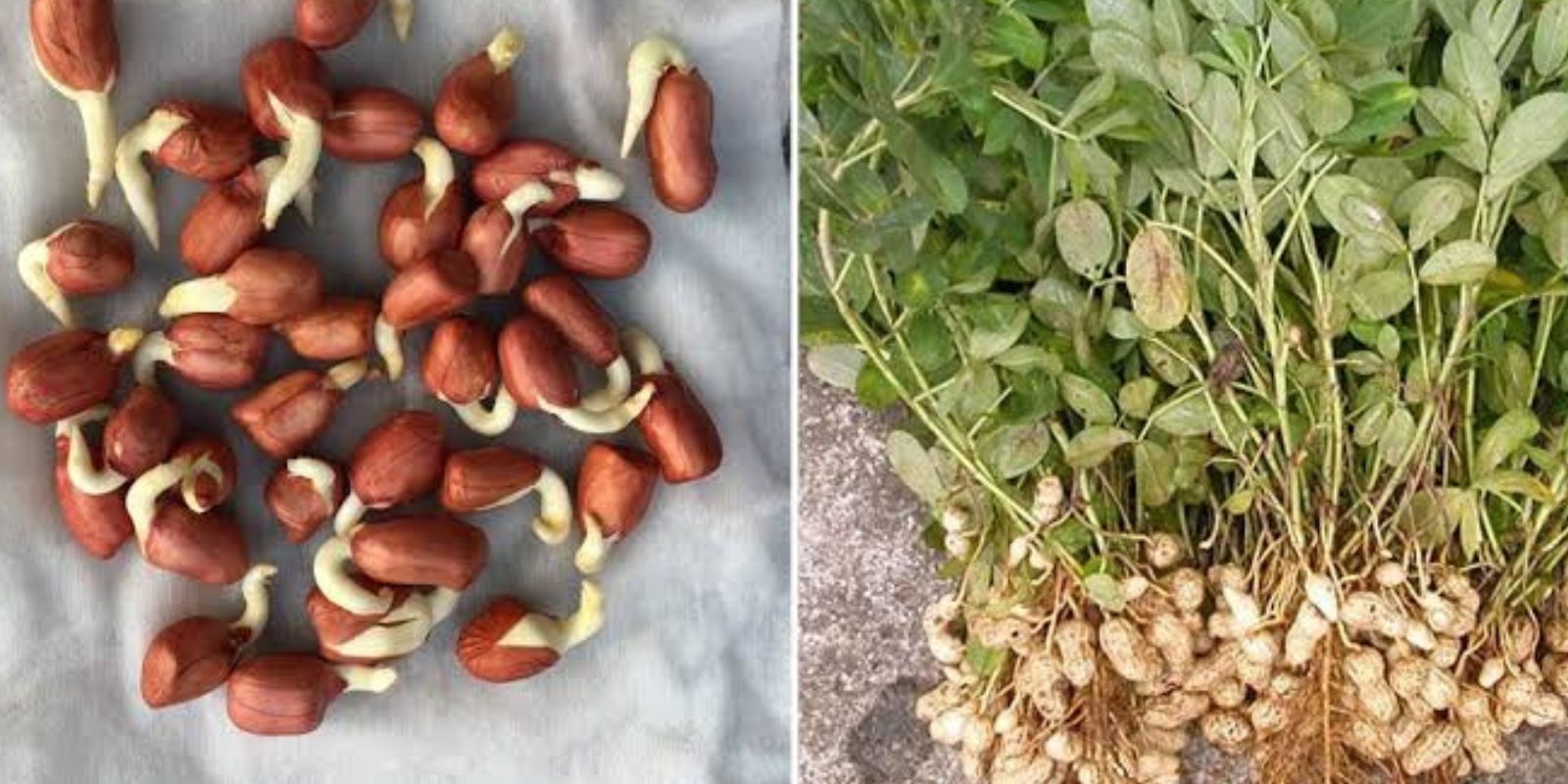Peanuts, also known as groundnuts, are not only a delicious and nutritious snack but also an easy crop to grow at home. If you’ve ever thought about growing your own peanuts, you don’t need a big garden or extensive tools. With a few recycled plastic containers, some soil, and peanut seeds, you can start your own mini peanut farm right on your balcony, patio, or backyard. This guide will walk you through the steps to grow peanuts sustainably and successfully.
Why Grow Peanuts at Home?
Growing peanuts at home offers several benefits:
- Sustainability: Using recycled containers reduces waste and promotes eco-friendly practices.
- Health Benefits: Freshly harvested peanuts are free from pesticides and chemicals.
- Convenience: Peanuts are a hardy crop that requires minimal maintenance.
- Fun and Educational: It’s a great activity for families and teaches kids about the origins of their food.
Step 1: Choosing the Right Container
Recycled plastic containers make excellent planters for peanuts. Here’s what to look for:
- Size: Choose a container that is at least 12 inches deep and wide to allow room for the peanut plants to grow and spread.
- Drainage: Drill or punch drainage holes in the bottom to prevent waterlogging, which can rot the roots.
Pro Tip: Old buckets, milk jugs, or large storage bins can work perfectly as long as they are cleaned thoroughly.
Step 2: Preparing the Soil
Peanuts thrive in loose, sandy, and well-draining soil. To prepare the ideal soil mix:
- Combine garden soil, sand, and compost in equal parts.
- Avoid heavy clay soils, as they can hinder the growth of peanut pods.
- Ensure the soil is slightly acidic to neutral, with a pH level between 6.0 and 7.0.
Step 3: Selecting Peanut Seeds
The seeds for growing peanuts are raw, unroasted peanuts still in their shells. To prepare them:
- Carefully shell the peanuts without damaging the seeds.
- Use seeds that are plump and free from mold or discoloration.
Pro Tip: If you’re unsure about sourcing seeds, visit a local gardening center or online supplier for untreated peanut seeds.
Step 4: Planting the Seeds
- Fill the container with the prepared soil mix, leaving about an inch of space from the top.
- Plant each seed about 1-2 inches deep in the soil. Space the seeds 4-5 inches apart.
- Cover the seeds lightly with soil and water gently to moisten the soil.
Step 5: Watering and Caring for the Plants
Peanut plants require regular care to thrive:
- Watering: Keep the soil moist but not soggy. Water deeply once or twice a week, depending on the weather.
- Sunlight: Place the container in a sunny spot where it can get at least 6-8 hours of sunlight daily.
- Mulching: Add a layer of mulch around the plants to retain moisture and suppress weeds.
Pro Tip: Use a natural fertilizer like compost tea every few weeks to boost growth without chemicals.
Step 6: Monitoring Growth
Peanut plants are unique because their flowers develop into pegs that push into the soil to form peanut pods. Here’s what to expect:
- Yellow flowers will appear about 40 days after planting.
- Pegs will grow downward into the soil and begin forming peanuts underground.
- Keep the soil loose and ensure it remains slightly moist during this period.
Step 7: Harvesting Your Peanuts
Peanuts are ready to harvest in 4-5 months, depending on the variety. Signs of readiness include:
- The plant leaves turn yellow and begin to wither.
- The soil around the base of the plant appears cracked.
To harvest:
- Carefully loosen the soil around the plant using a small shovel or your hands.
- Pull the plant gently from the container, ensuring the pods stay attached to the roots.
- Shake off excess soil and hang the plant upside down in a dry, airy location for a week to cure the peanuts.
Step 8: Storing and Using Your Harvest
Once the peanuts are cured:
- Remove the pods from the plant.
- Store them in a cool, dry place for future use.
- Enjoy them raw, roasted, or used in recipes!
Tips for Success
- Rotating Crops: Avoid growing peanuts in the same soil year after year to prevent pests and diseases.
- Pest Control: Keep an eye out for aphids or caterpillars and remove them manually or use organic pest solutions.
- Companion Planting: Grow peanuts alongside crops like beans or corn to maximize space and improve soil health.
Why Use Recycled Plastic Containers?
Recycling containers not only reduces environmental waste but also makes gardening accessible for those with limited space. This method:
- Saves money on buying new pots.
- Encourages creativity in repurposing everyday items.
- Promotes sustainable gardening practices.
Conclusion
Growing peanuts at home in recycled plastic containers is an excellent way to combine sustainable gardening with the joy of homegrown produce. With minimal effort and some basic supplies, you can enjoy fresh, chemical-free peanuts while reducing your environmental footprint.
Ready to give it a try? Share your peanut-growing experience or ask your questions in the comments below!
📌 #GrowPeanutsAtHome #SustainableGardening #RecycledContainers #UrbanFarming #DIYGarden

